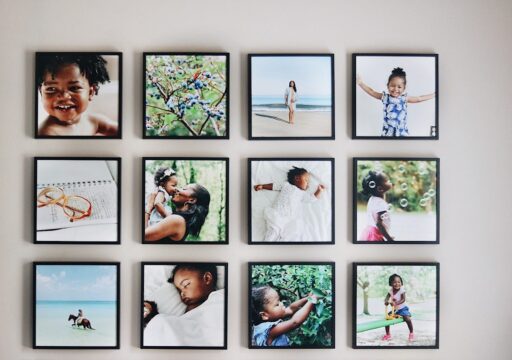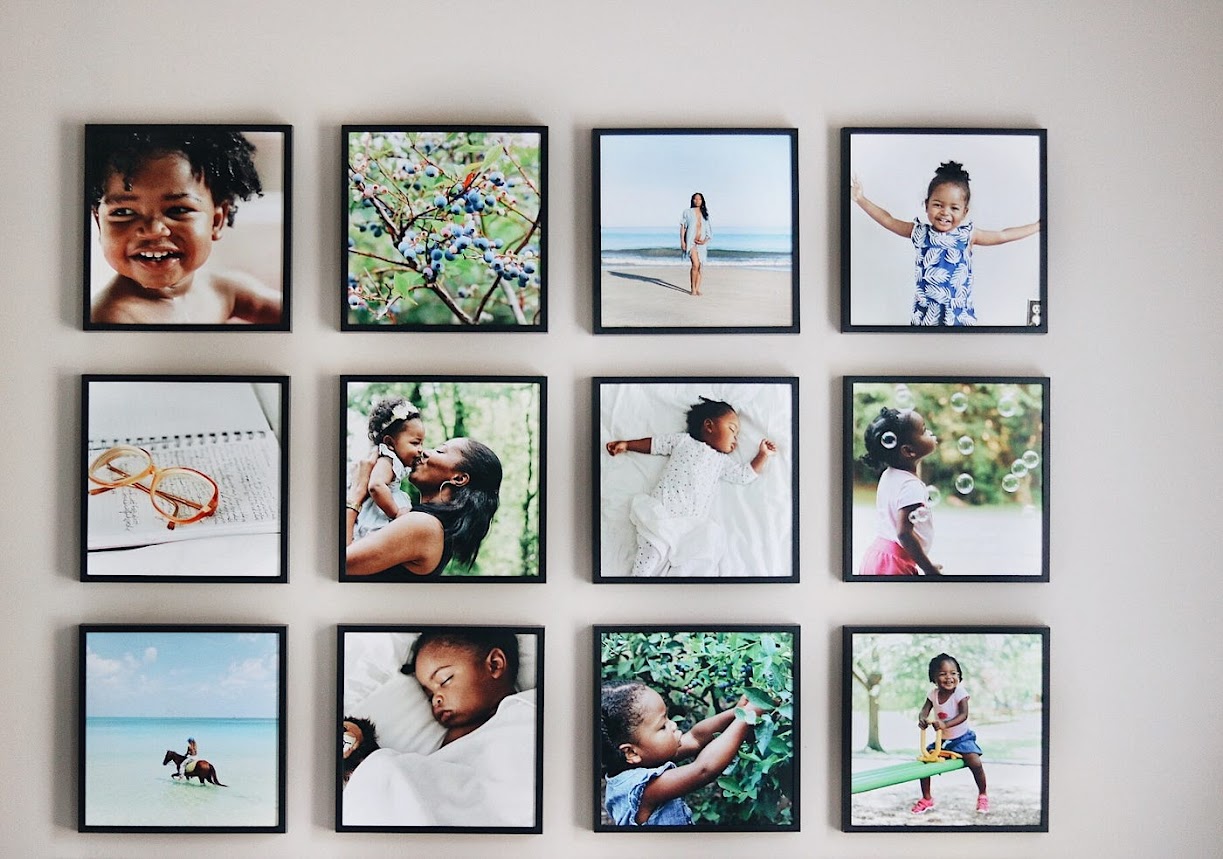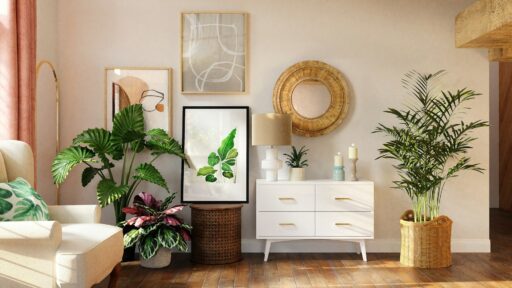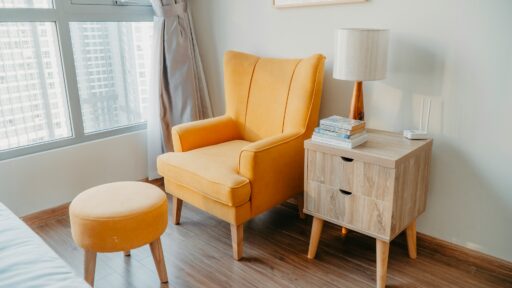Many homeowners admire homes where the walls tell a story, making the space feel truly personal and curated. A common challenge, however, is figuring out how to achieve that look without a designer’s budget or professional help. Creating a personal gallery with canvas picture prints has become one of the most accessible ways to display cherished memories and favorite images beautifully. The secret to a stunning gallery wall lies not in expensive art, but in understanding how to choose, arrange, and display images in a way that feels intentional and cohesive.
Why Canvas Prints Are Ideal for Home Galleries
The Appeal of Canvas Over Traditional Frames
Canvas prints offer texture and depth that elevate simple photos into gallery-worthy art. The absence of glass eliminates glare, making images visible from any angle. Unlike glass-framed pictures, canvas prints are lighter, easier to hang, and less prone to breakage—ideal for both homeowners and renters.
Quality Makes a Difference
Not all canvas prints are created equal. A high-quality canvas should feel sturdy, not flimsy. Look for archival inks that resist fading, and ensure the canvas is stretched tightly with clean edges. Poorly made prints—loose canvases, visible staples, muddy colors—can diminish the overall impact of your display.
Build Your Collection Over Time
Creating a gallery wall doesn’t have to happen overnight. Begin with 3–5 key pieces, then add gradually. Mix sizes for visual interest—a large focal print surrounded by smaller ones often works best. Watch for sales on quality prints rather than compromising on cheap alternatives.
Choosing the Right Images
Resolution and Print Quality
A photo that looks great on a phone might appear pixelated when printed large. Aim for high-resolution images—at least 300 DPI. For a 16×20 canvas, that means an image size of around 4800×6000 pixels. Slight softness can be okay if it feels intentional, but avoid printing blurry or low-quality images.
How Color Translates to Canvas
Canvas tends to soften and mute colors compared to glossy prints, which can lend a sophisticated look. However, dark images may lose detail. Bright, warm colors like red and yellow pop, while cooler tones like blue may appear flat unless adjusted slightly warmer before printing.
Subjects That Shine on Canvas
Landscapes work beautifully on canvas. The texture adds depth, especially in nature scenes with foreground elements. Portraits can also be stunning—especially well-lit, close-up shots. Avoid group shots or images with small details, which may lose clarity. Artistic subjects like architecture or abstracts thrive on canvas due to the added texture and depth.
Planning the Perfect Gallery Layout
Sketch and Visualize First
Before hanging anything, map out the layout. Use paper cutouts to experiment with arrangements directly on the wall. This prevents unnecessary holes and helps ensure your gallery feels intentional rather than thrown together. Be mindful of wall obstacles and viewing distance.
Balance Without Symmetry
A balanced wall isn’t necessarily symmetrical. A large piece can be offset by several smaller ones. Use the “triangle rule” by arranging pieces so imaginary triangles guide the viewer’s eye naturally across the wall. Repeat colors or themes subtly to unify the look.
Use the Rule of Thirds
Divide your space into a grid of nine equal parts using two horizontal and two vertical lines. Positioning key pieces along these lines or at their intersections adds energy and visual appeal. Don’t feel confined by this rule—it’s a guide, not a constraint.
Installation Tips for a Polished Finish
Height and Spacing
Art is usually hung so its center sits around 57–60 inches from the floor. With gallery walls, choose a visual anchor line—whether at the center, top, or bottom—and align other pieces around it. Maintain consistent spacing between prints, ideally 2–3 inches apart. A 2.5-inch gap often strikes the right balance.
Use the Right Tools
A level and stud finder are your best friends. For light canvas prints, adhesive picture strips work well. For heavier pieces, use wall anchors. Always mark placement points before drilling. Measure carefully to avoid unnecessary patching.
Rental-Friendly Options
For renters, damage-free hanging solutions like Command strips are ideal. Use multiple strips to support larger prints. Alternatively, try a leaning gallery—display canvases on a console table or shelf for flexibility and easy updates.
Styling for Different Spaces
Living Room: Make a Statement
Living rooms are perfect for bold gallery walls. A mix of personal and artistic pieces adds interest and sophistication. Behind the sofa is a classic location, but side walls can also anchor the room visually.
Bedroom: Create a Calm Retreat
Gallery walls in the bedroom should feel personal and serene. Use romantic landscapes, family photos, or soft abstracts in soothing tones. Choose smaller prints and consider the view from the bed. Keep it visually calm and uncluttered.
Hallways: Tell a Story
Hallways provide a unique canvas for storytelling. Use smaller prints in a linear layout to chronologically depict family milestones or travel memories. Since natural light may be limited, consider adding soft lighting to highlight the artwork.
A Modern Alternative: Peel-and-Stick Canvas Tiles
Convenience Without Sacrificing Quality
Peel-and-stick canvas tiles are perfect for renters or those who enjoy frequent updates. These adhesive-mounted prints stick securely but remove cleanly. Despite their convenience, they now offer impressive print quality and texture.
Evolving Displays Made Easy
One major advantage is flexibility. You can easily add or swap out prints as your collection grows or your decor changes. Standardized sizes simplify layout planning, making updates stress-free.
Perfect for Any Space
Square peel-and-stick prints work well in various layouts, offering a clean, modern aesthetic. Plus, you can take your gallery with you when you move—an ideal solution for renters or frequent redecorators.
Keeping Your Gallery Fresh
Maintenance Matters
Canvas surfaces attract dust. Use a soft, dry cloth or vacuum with a brush attachment to clean gently. Avoid water or cleaning sprays that could damage the print.
Seasonal Refresh and Personal Growth
Update your gallery wall as your life evolves. Add new prints for milestones, rotate pieces seasonally, or swap in fresh artwork to reflect current interests. A personal gallery should grow with you—telling your story in real time.
Final Thought: Make It Your Own
The beauty of a personal canvas gallery wall is that it’s never finished. Whether you’re curating a refined living room feature or a cozy bedroom collection, the goal is authenticity. Choose images that matter to you, arrange them thoughtfully, and let your wall reflect your style and story.








